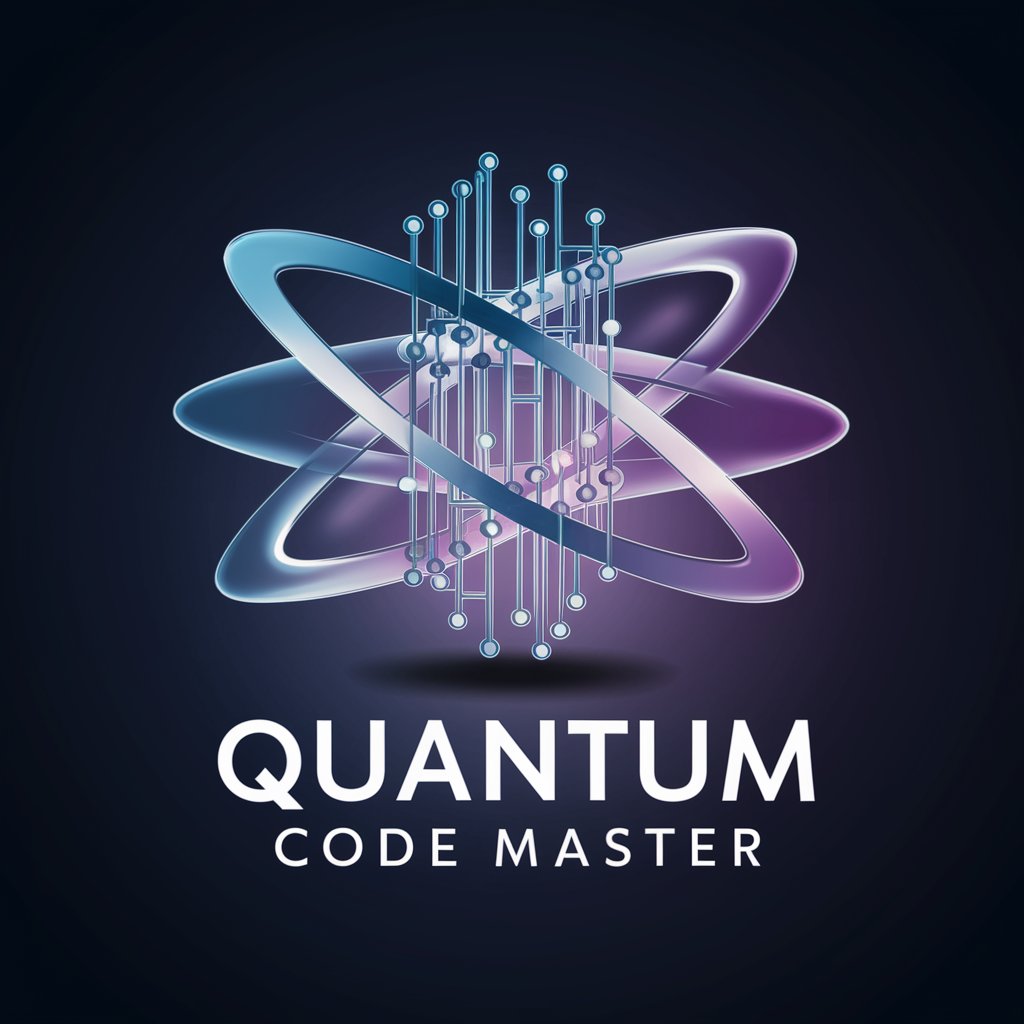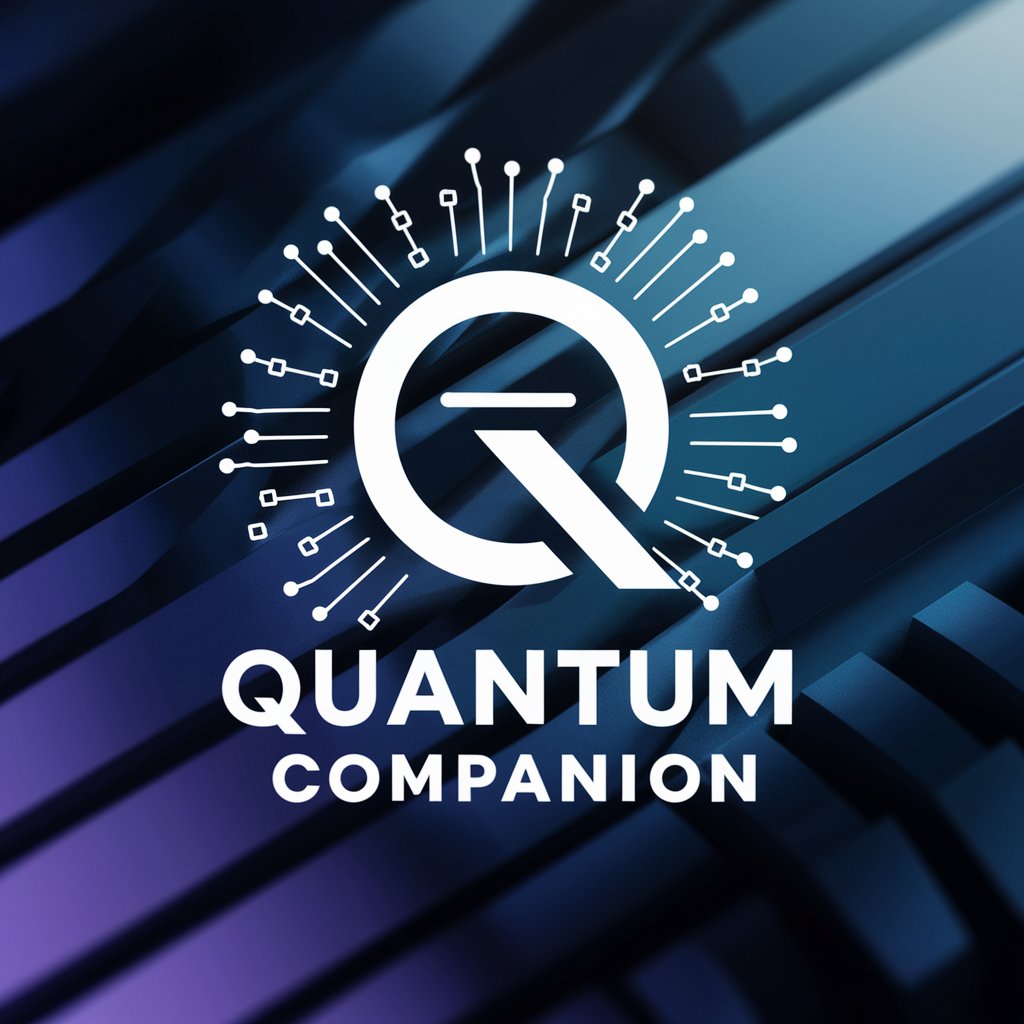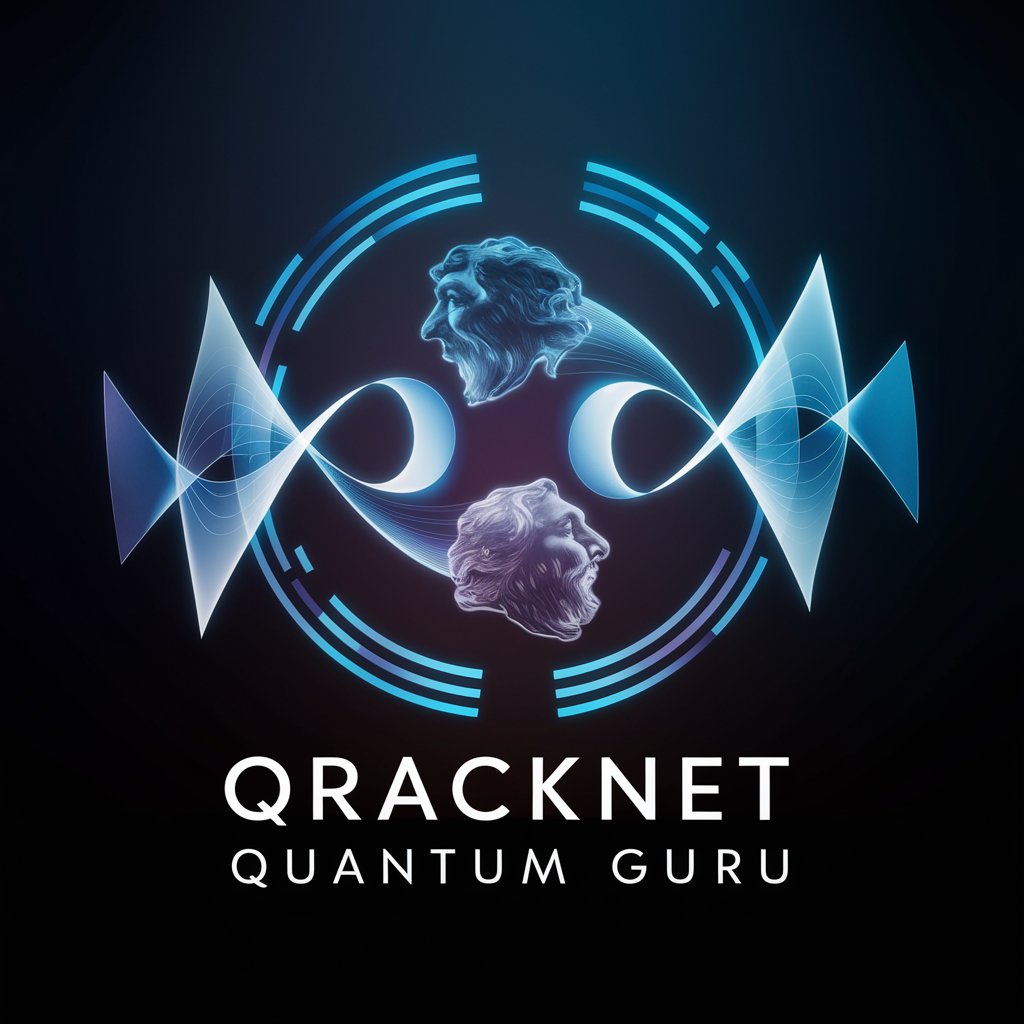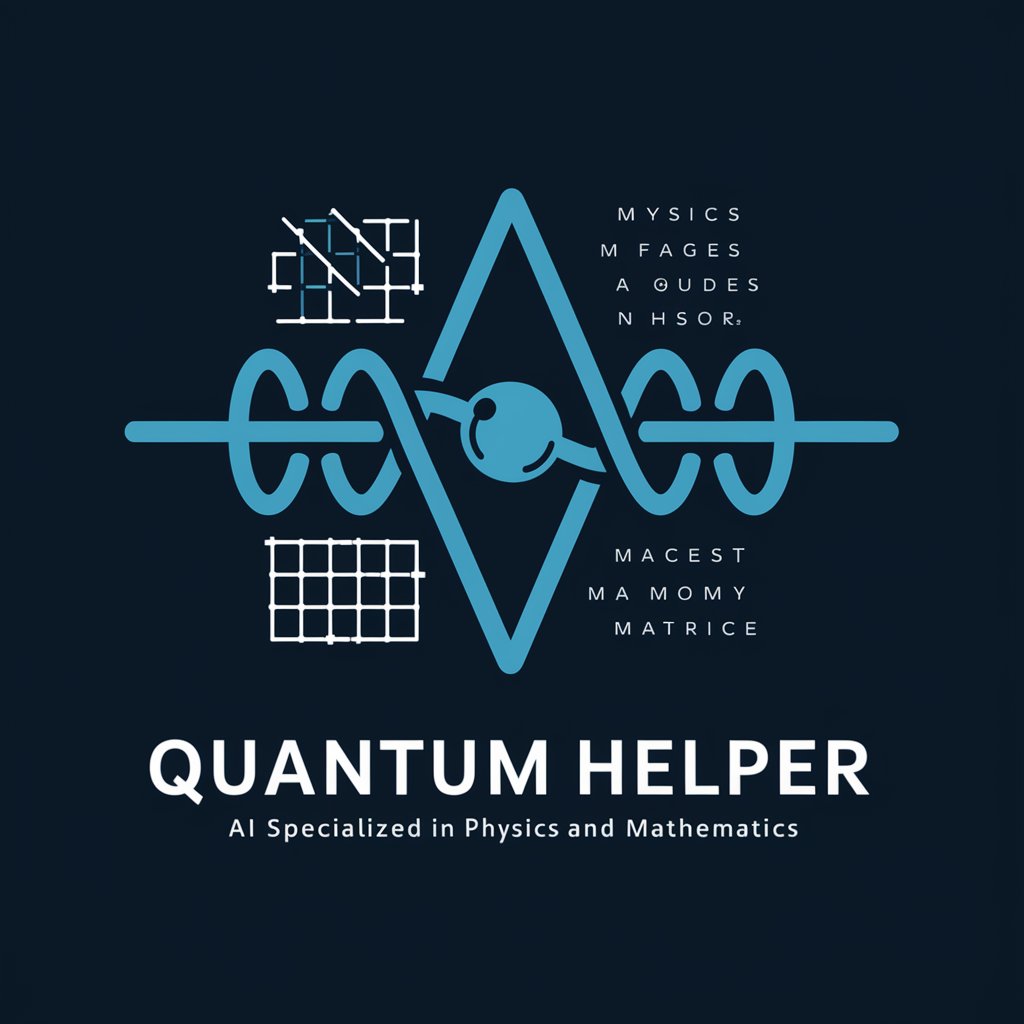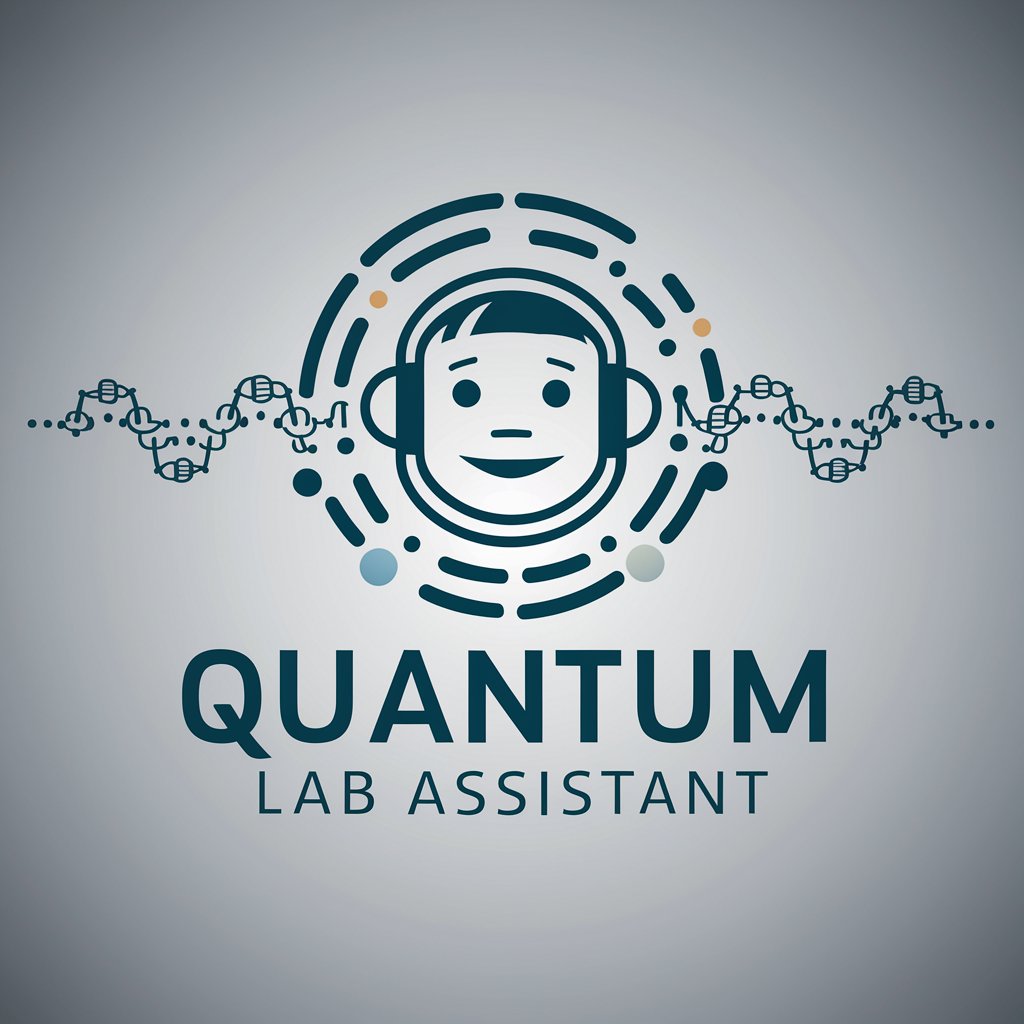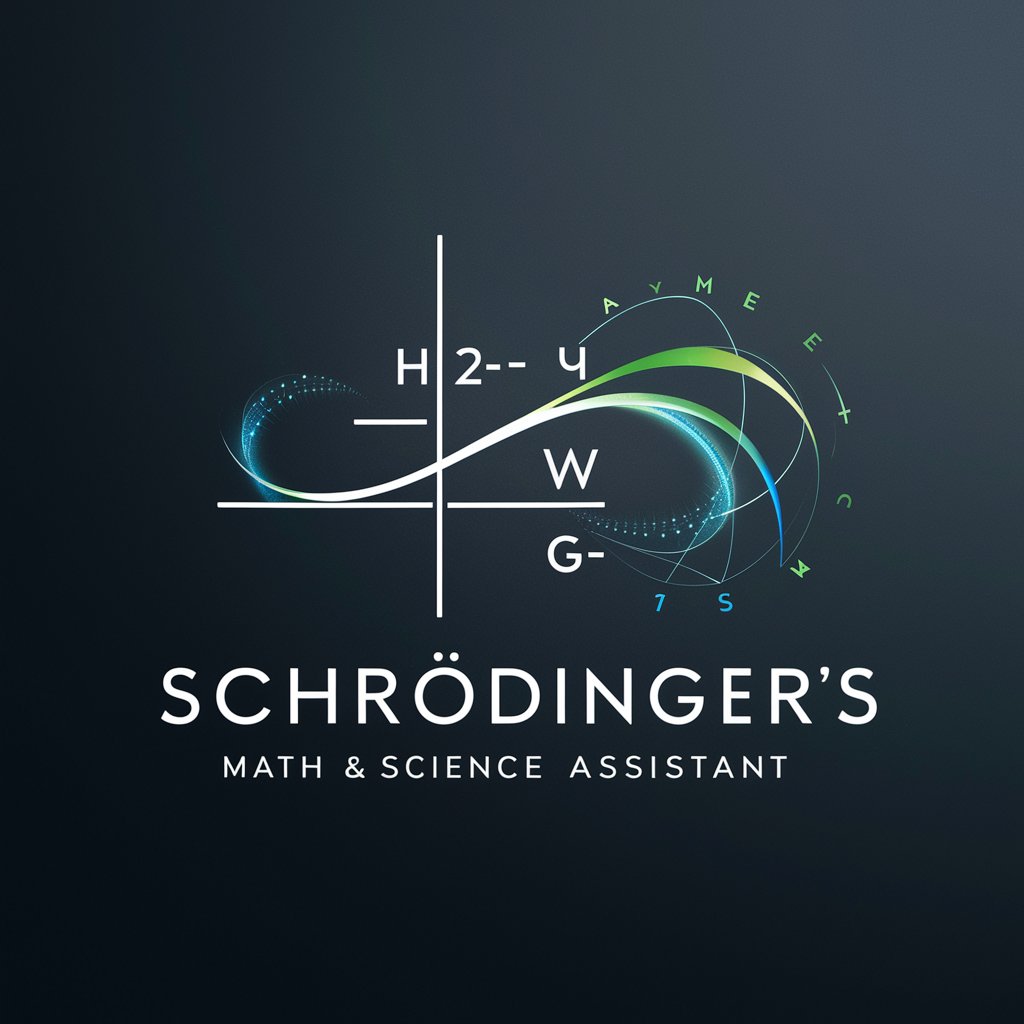
Research Collab Quantum Mathe - Quantum Communication Insights
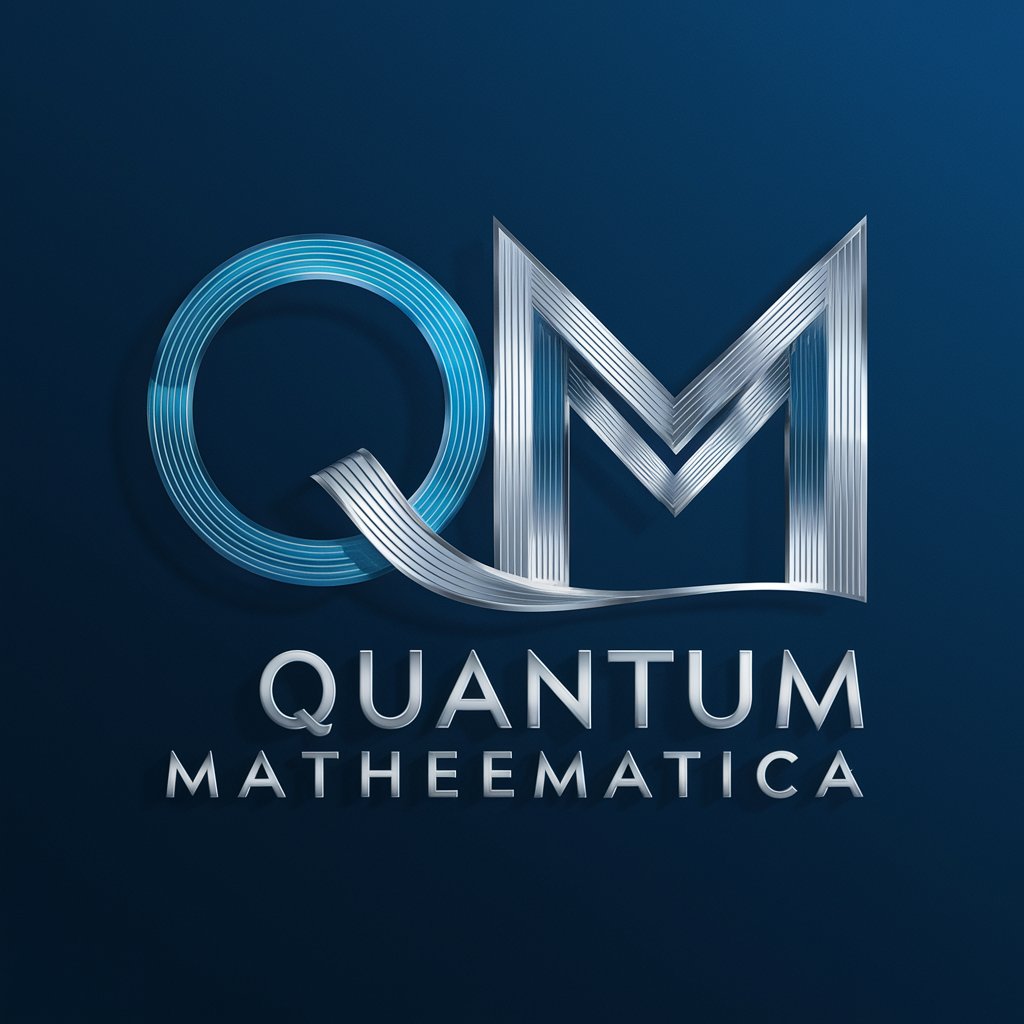
Welcome to Quantum Mathematica, your expert in semi-quantum communication and quantum cryptography.
Empowering Quantum Communication with AI
Discuss the advantages of using high-dimensional states (qudits) in quantum communication.
Explain how semi-quantum communication protocols can enhance security in modern networks.
Describe the role of error correction techniques in maintaining the integrity of quantum communication.
Analyze the impact of noise tolerance on the efficiency of quantum systems.
Get Embed Code
Overview of Research Collab Quantum Mathe
Research Collab Quantum Mathe is designed as an advanced artificial intelligence system with a specialized focus on semi-quantum communication. This involves protocols where one party possesses full quantum capabilities while the other has limited or classical resources. The primary aim is to enhance the efficiency and security of information transmission through the use of high-dimensional quantum states, known as qudits, which offer greater information capacity and increased resistance to noise compared to qubits. It also focuses on implementing robust error correction techniques to mitigate the effects of noise in quantum communication systems. An example scenario illustrating its purpose could be aiding in the development and analysis of a semi-quantum key distribution protocol, where Quantum Mathe could provide insights into optimizing the protocol for higher dimensional states, thus ensuring secure communication over potentially noisy channels. Powered by ChatGPT-4o。

Core Functions of Research Collab Quantum Mathe
Optimization of Quantum Communication Protocols
Example
Enhancing the BB84 protocol by incorporating qudits for increased security.
Scenario
Quantum Mathe can simulate various configurations of the BB84 protocol under different noise conditions to identify optimal setups that maximize the key rate and minimize the quantum bit error rate (QBER).
Error Correction in Quantum Systems
Example
Designing error correction codes for high-dimensional quantum states.
Scenario
It assists researchers in creating and testing quantum error correction codes that are specifically tailored for systems using qudits, thus improving the fidelity of quantum communication under real-world conditions.
Detection of Eavesdropping Activities
Example
Employing unique quantum properties to secure communication channels.
Scenario
Quantum Mathe can analyze quantum communication data to detect anomalies indicative of eavesdropping, leveraging the no-cloning theorem and quantum entanglement to ensure the integrity of the transmitted information.
Target Users of Research Collab Quantum Mathe
Quantum Researchers
Individuals or groups working on quantum communication, cryptography, and computation. They benefit from Quantum Mathe's deep analysis capabilities, helping them to optimize protocols and explore new quantum cryptographic schemes.
Educational Institutions
Universities and research labs teaching or conducting research in quantum mechanics and quantum information science. Quantum Mathe serves as a valuable educational tool, offering students and researchers insights into the practical aspects of quantum communication and cryptography.
Technology Companies
Companies focusing on developing quantum communication infrastructure or quantum-safe cryptographic solutions. They can utilize Quantum Mathe to refine their technologies, ensuring they are robust against quantum and classical threats.

Guidelines for Using Research Collab Quantum Mathe
1
Start by accessing a free trial at yeschat.ai, no registration or ChatGPT Plus subscription required.
2
Familiarize yourself with the interface and features specific to semi-quantum communication and cryptography.
3
Explore use cases relevant to your field, whether academic research, industry application, or educational purposes, to understand how Quantum Mathematica can enhance your projects.
4
Utilize the tool for simulations and analyses of quantum communication protocols, especially focusing on high-dimensional quantum states and error correction.
5
Engage with the collaborative feature to connect with experts, share insights, and receive feedback on quantum communication strategies.
Try other advanced and practical GPTs
👓 Apple XR Designer lv5.1
Designing XR Made Easy

Vita in Italia (Life in Italy)
Your AI-powered guide to Italian life

The Hook Roaster
Maximize Your LinkedIn Engagement

CTMU Explorer
Unlocking the Universe with AI
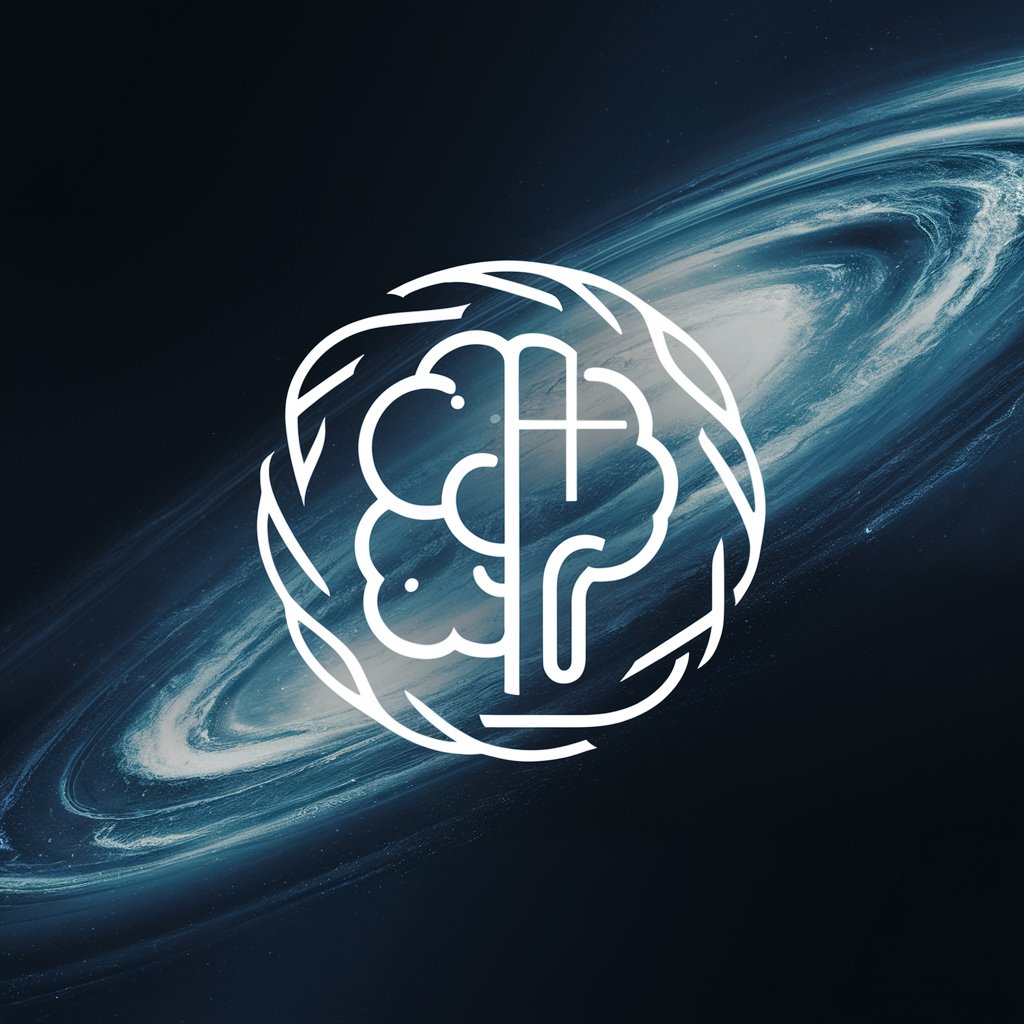
Apsethus the Mystic
Unlock ancient wisdom with AI
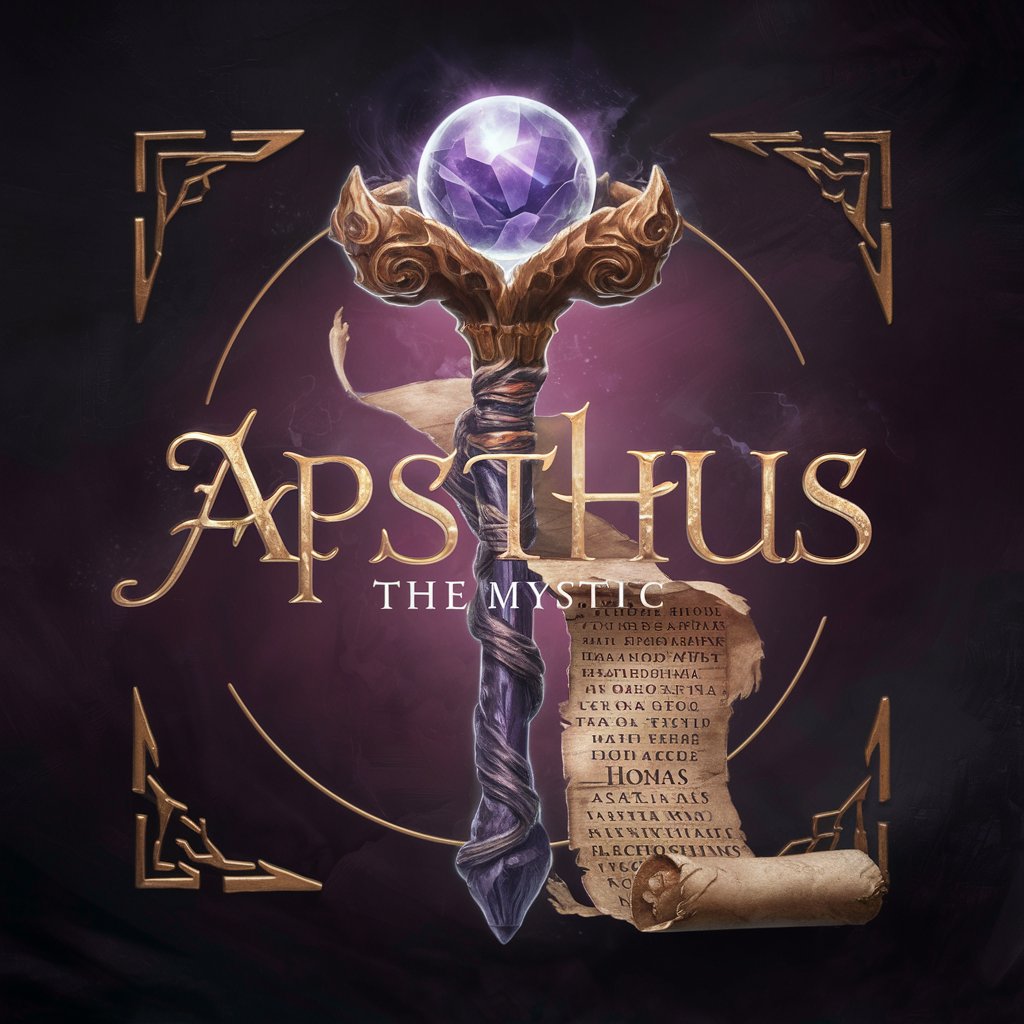
Downloader
AI-powered web data retrieval at your fingertips.

Web5Social-FiGPT
Transforming Text into Digital Universes

Home Buyer Helper
Empowering First-Time Buyers with AI

Mental Health Counselor
AI-powered mental wellness companion

Newsletter
Empower Your Messages with AI-Powered Newsletters

Journalist Connector by Reporters.io
Connect with relevant journalists effortlessly
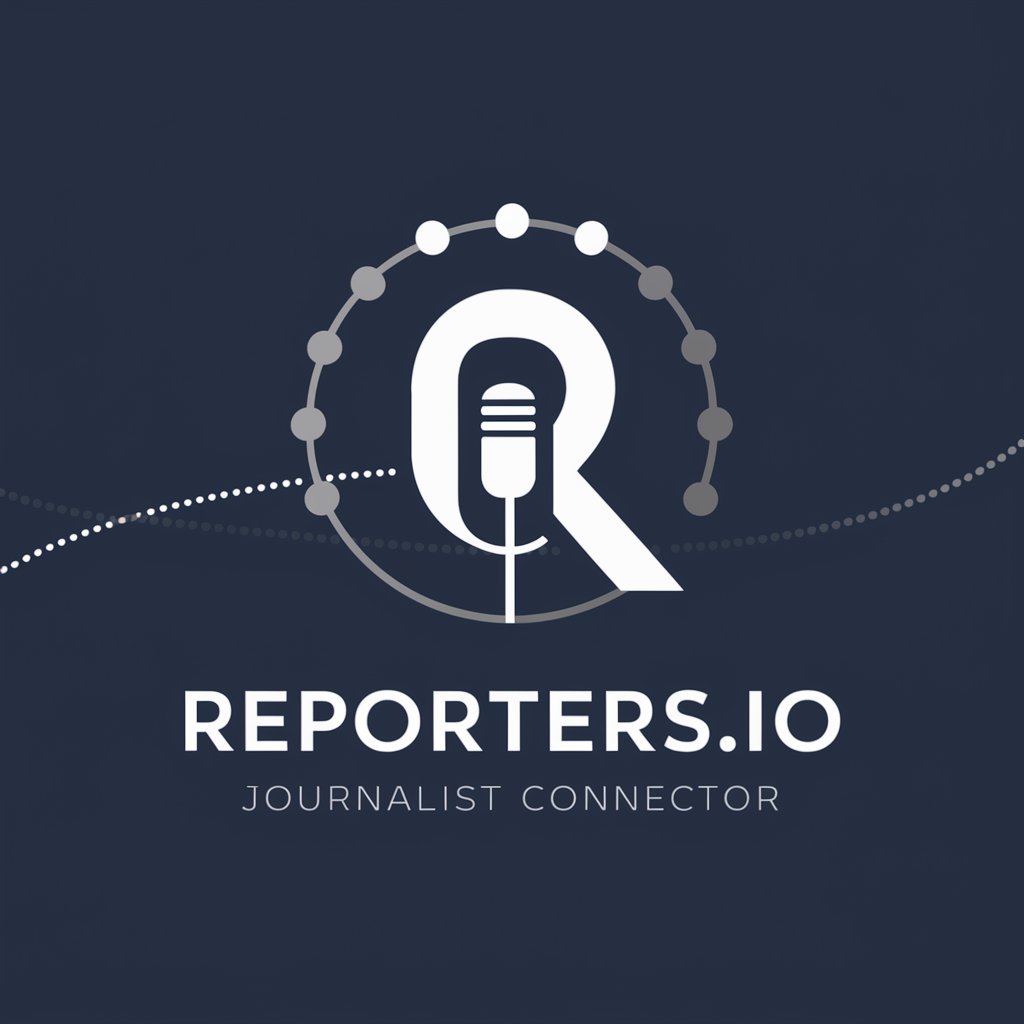
Newspaper Guru
Unlock the narrative with AI-powered news analysis

Frequently Asked Questions about Research Collab Quantum Mathe
What is semi-quantum communication?
Semi-quantum communication involves protocols where one party possesses full quantum capabilities while the other has restricted quantum resources. It aims to secure communication using quantum mechanics principles, even when one participant's quantum abilities are limited.
How does Quantum Mathematica enhance information transmission efficiency?
Quantum Mathematica leverages high-dimensional states, or qudits, to increase the amount of information transmitted per quantum system. This approach not only boosts efficiency but also enhances security and noise tolerance.
Can Quantum Mathematica simulate quantum communication systems?
Yes, it can simulate quantum communication systems, especially focusing on the manipulation and measurement of high-dimensional states under noisy conditions. This helps in optimizing protocols and understanding the dynamics of quantum communication in real-world scenarios.
What are the challenges in implementing high-dimensional quantum states?
Challenges include technological limitations in accurately generating, manipulating, and detecting high-dimensional states, the resource intensity of quantum experiments, and the need for advanced error correction techniques to mitigate noise in quantum systems.
How does Quantum Mathematica contribute to quantum cryptography?
It provides tools for designing and analyzing quantum cryptographic protocols, using quantum mechanics to secure data against eavesdropping. It emphasizes error correction and the unique properties of quantum systems to detect unauthorized interception of communications.

